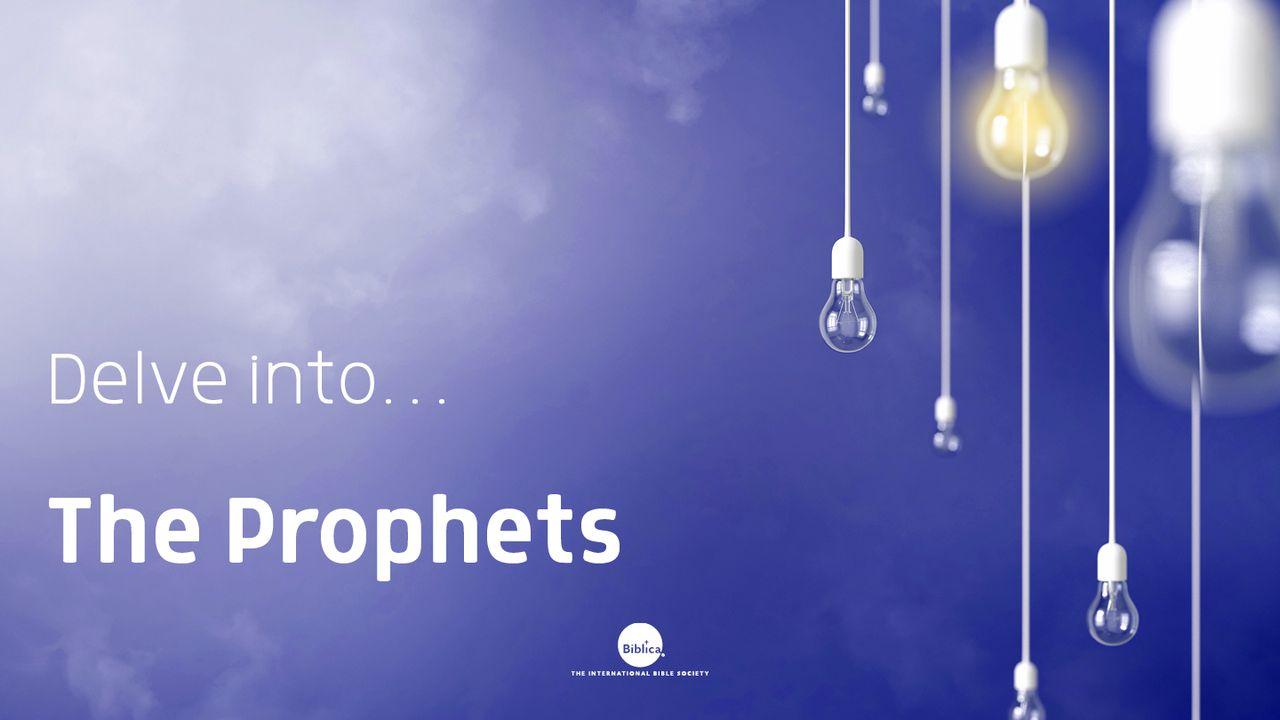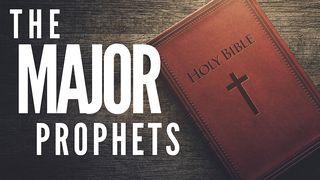Delve Into The ProphetsSample

DAY 4 – AMOS PART II
Amos’ message caused an uproar. Amaziah, the high priest at Bethel, accused Amos of treason and conspiracy. He banished him from the kingdom, likely with the personal approval of King Jeroboam II. But because Amos was expelled from Israel, he wrote his oracles down, thus creating one of the earliest collections we have from any Hebrew prophet. In this time when only a few people could read, anyone with an urgent message to communicate would not write a book. He would go to an influential location to speak, as Amos did. However, when his message was rejected, it appears that he (or perhaps his followers) recorded his words to show that he’d faithfully carried out his assignment from God. His words were also recorded so that when the events he foretold came to pass, their meaning would be understood in light of what he’d said.
The book of Amos consists of about three dozen separate oracles and vision reports, plus a narrative of his expulsion from the northern kingdom. These individual units don’t appear to have been given a deliberate literary arrangement by those who compiled them. That is, his oracles don’t seem to be presented in the order in which he preached them, and they’re not grouped thematically. Some parts of the book do progress in an orderly fashion (such as the eight oracles against the nations at the beginning, which circle around Israel and then unexpectedly condemn that nation as well). But most of the book is loosely assembled at best.
Three stanzas of a hymn that praises God as creator have been inserted into the book at different places, one of them right in the middle of an oracle. Some oracles are arranged by a “catchword” principle: oracles that share particular words or phrases are put next to one another. For example, an oracle about the Philistines having been brought up from the land of Caphtor has been inserted after the fifth vision report (with a hymn stanza intervening), because that report mentions the heads of the temple pillars, and the term for these in Hebrew is caphtor.
Nevertheless, the book of Amos does have an essential unity. This unity is created first on the poetic level, as the prophet uses similar images from oracle to oracle and repeats devices such as plays on the meanings of words. Even more importantly, however, the book has thematic unity. Materials of many different kinds are mixed together throughout the book—denunciations of injustice; warnings against complacency and corrupt worship; threats that Israel will be conquered, devastated, and exiled; descriptions of symbolic visions; oracles against other nations; and the expulsion narrative. But one strong and consistent message nevertheless runs throughout the whole: “Let justice roll on like a river, righteousness like a never-failing stream!” The essential word about justice that God conveyed through Amos in the days of Jeroboam II thus continues to speak to people in every place and time.
PRAYER: Lord, may Your justice roll like a river, Your righteousness like a never-failing stream.
Scripture
About this Plan

The Old Testament of the Bible is broken into three major sections, the second of which is known as the Prophets. If you didn’t know that, imagine all of the other interesting things you’ll learn in this reading plan as you explore the purpose, context, and background of this fascinating and unique part of God’s Word.
More
We would like to thank Biblica for providing this plan. For more information, please visit: http://www.biblica.com
Related Plans

The Major Prophets

Kids Bible Experience 30-Day Challenge

When Anger Strikes

Bible App for Kids – Discover God’s Big Story

Centered on Christ - Dwelling in His Divine Purpose

Where Are You, God? 30 First Encounters With God

Set Free: a Journey Through Galatians

Why I Believe

Rise and Follow: 30 Days in Mark
